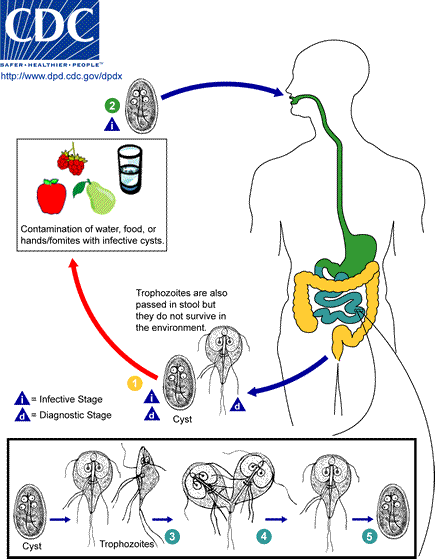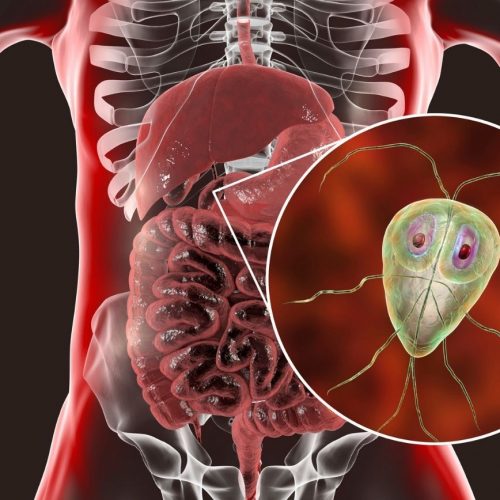2.5 million cases of giardiasis occur each year in the United States, and up to 20% of the world’s population are chronically infected. Two-thirds of infected people may present asymptomatically or are misdiagnosed with such conditions as Chronic Fatigue Syndrome, Irritable Bowel Syndrome and even Depression. This organism is found in roughly 25% of the cases of gastrointestinal disease.

The statistics of people walking around with this infection are astounding. Yet, when I shared my diagnosis with family, friends and even acquaintances, nobody ever heard of it. Why was that?
15% of people who swallow cysts are asymptomatic. These cases can be detected if the person’s stool is tested during a community outbreak. This is significant because people who carry the cysts in their digestive tract, known as carriers, can still transmit giardiasis to others even if they do not develop the symptoms of the illness.
Without my diagnosis, my husband would have never found out he too was infected. It was not confirmed whether he walked around with the infection for as long as me. Was he asymptomatic the whole time or was I the source of transmission at some point during my condition? If this was true, then millions of people with or without chronic conditions may be continuously spreading giardia unbeknownst to them.
The CDC concluded that the burden and cost of acute giardiasis in the United States was substantial and that hospitalizations resulting from this condition cost approximately $34 million each year. This is a public report, yet why are hospitals not testing for giardia?




